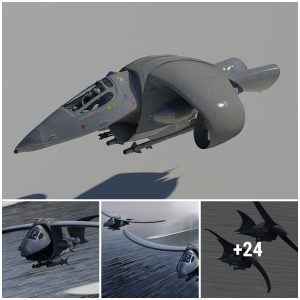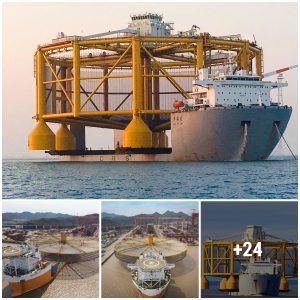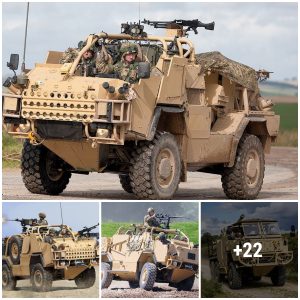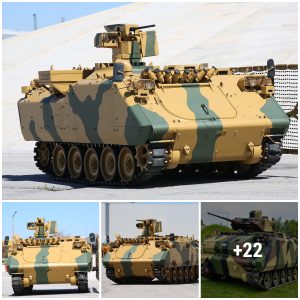The future of warfare will likely belong to unmanned weapon systems. This means that the gap in capability between those who have the latest technology and those who don’t will be huge. And defensive tasks will not require putting your troops in direct danger.

NMESIS is basically an autonomous L-ATV with a NSM launchers on top. Image credit: U.S. Marine Corps photo by Major Nick Mannweiler via Wikimedia
Oshkosh Defense makes the L-ATV (Light Combat Tactical All-Terrain Vehicle), which is a light utility/combat vehicle that replaced the HMMWV. And there is an unmanned version of the L-ATV, armed with the Naval Strike Missile (NSM). This system, called Navy Marine Expeditionary Ship Interdiction System or NMESIS, is extremely mobile and can greatly expand anti-ship defense capabilities.
Last month it was reported that Oshkosh Defense has received a $23.7 million contract for the delivery of a Remotely Operated Ground Unit for Expeditionary Fires vehicles that are needed for the NMESIS. In other words, it seems like the unmanned mobile anti-ship defenses are coming along nicely and the future of unmanned heavy weapons is not far ahead. It is expected that Oshkosh Defense will complete the work under the contract in November 2023.
What is NMESIS?
NMESIS is an unmanned anti-ship missile system. It uses NSM missiles, which have been in service since 2012. The NSM was developed by the Norwegian company Kongsberg Defence & Aerospace (KDA) and is used by Norway, Poland, the USA, and Germany.
The NSM is a missile with a 125 kg warhead, which has a range of 185 kilometers. NSMs are guided using inertial, GPS, and terrain-reference sensors as well as information from the target database and IR homing systems. These missiles can be launched from ships or land-based machines. They can fly incredibly low to the water (sea-skimming optional) to avoid being noticed by the enemy troops or even radar.
The entire NSM missile weighs around 410 kilograms. 2 of them are mounted on an unpiloted Oshkosh L-ATV to form the NMESIS system, which is a relatively light weapon. NMESIS can be deployed very quickly, using various amphibious means. It can also be air-dropped if such a need arises. It would immediately improve anti-ship defenses of the area, in the hands of the US Navy or Marine Corps.
It is said that the NSM system can be used as a land attack cruise missile as well. If these capabilities are established, NMESIS would become a hugely important weapon in the future of combat. In some capacity it could replace other cruise missile launch systems and, if expanded, it could even become part of rocket artillery as a more mobile, more advanced, and more accurate HIMARS analog.





